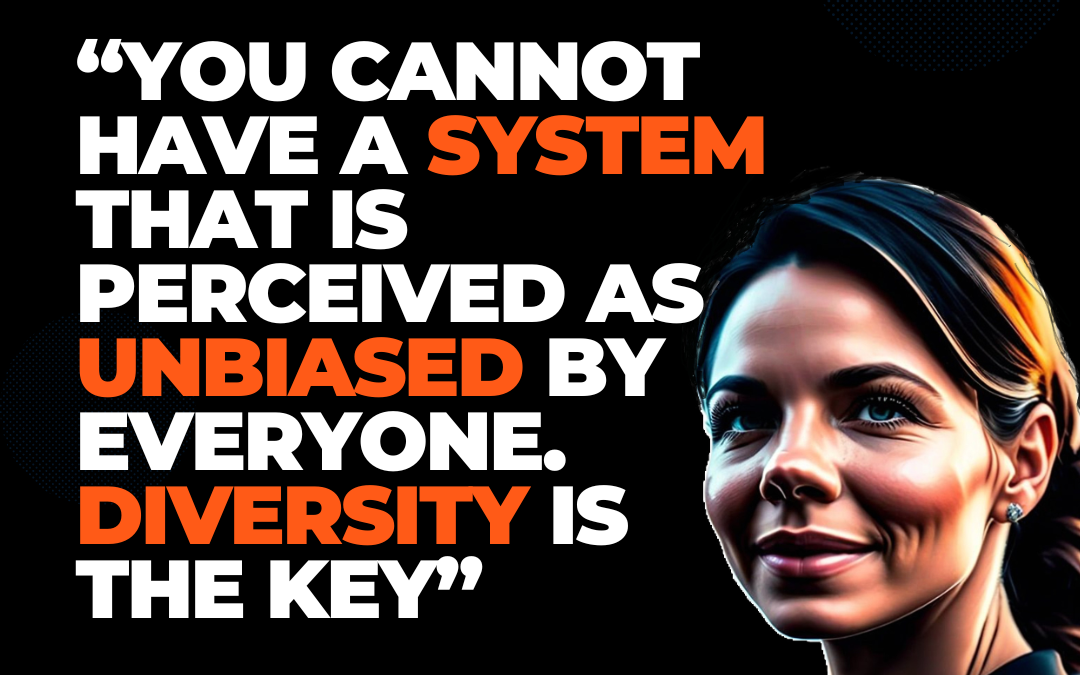
Embracing Diversity: Navigating Bias in AI | #9
In the world of artificial intelligence, there’s a crucial truth: it’s impossible to create a system that is perceived as unbiased by everyone. When we adjust AI to favor one viewpoint, it inevitably seems biased to others. Pushing the system too far in any direction can lead to outcomes that are not only biased but also factually incorrect—for example, generating an image that completely misrepresents history or reality.
Our diverse experiences, beliefs, and cultural backgrounds shape how we view the world, making it highly unlikely for everyone to agree on what constitutes an unbiased system.
The Power of Diversity in AI
Diversity isn’t just beneficial in AI development; it’s essential. By bringing together people from different backgrounds, perspectives, and experiences, we can begin to address the biases that naturally sneak into technology. This broad range of human understanding and values helps create AI systems that are more reflective of the diverse world we live in.
Open-Source AI: A Tool for Inclusion
Promoting open-source projects stands out as one of the most effective ways to encourage diversity in AI. Open-source AI opens up the development process, inviting coders, thinkers, and innovators from every corner of the world to contribute, critique, and refine. This collaborative effort doesn’t just speed up technological progress; it also ensures that a wide array of perspectives is considered. This makes the resulting AI systems more inclusive and less biased.
By offering open-source AI solutions, we welcome diverse groups to fine-tune and adapt these technologies to meet various needs and viewpoints. It’s not only about making technology more accessible; it’s about enriching the AI ecosystem with insights that can help reduce systemic biases.
The Necessity of Diversity
Focusing on diversity isn’t just an idealistic goal; it’s a practical approach to one of the biggest challenges in AI development. Realizing that a completely unbiased system is unachievable isn’t admitting defeat; it’s a call to action. It encourages us to dive deeper, think wider, and collaborate more openly.
In our pursuit of more ethical, fair, and effective AI, embracing diversity is the key. It leads not only to better AI but also to a more understanding, inclusive, and equitable society.
The Importance of ‘Safe Rails’
While pursuing diversity, we must also consider the importance of creating “safe” AI systems—though achieving this without excluding certain perspectives is a challenge. Big companies strive to ensure their products don’t offend large groups of people, but it’s a fine line to walk. Balancing safety with inclusivity requires careful consideration and continuous effort.
Conclusion: A Future Brightened by Diversity
For those captivated by the potential of AI and eager to contribute positively, the path is clear. We must embrace diversity, engage with open-source projects, and join the worldwide effort to shape a future where technology mirrors the best aspects of humanity.
Diversity and collaboration pave the way to more balanced, inclusive, and effective AI systems.
But what can I do on a personal level? Breaking routines, exploring opposite views, and reflecting on yourself are key. By understanding our own biases and fears, we prevent them from being projected onto AI.
Ultimately, AI acts as a mirror, reflecting our collective strengths and weaknesses. Infusing diversity into this mirror not only improves AI but also enriches our world, making it a better place for everyone. Let’s embrace the multitude of voices and ideas out there. It’s not just about enhancing AI—it’s about enhancing our world.
If you found this post interesting and don’t want to miss future posts, please subscribe to my newsletter.

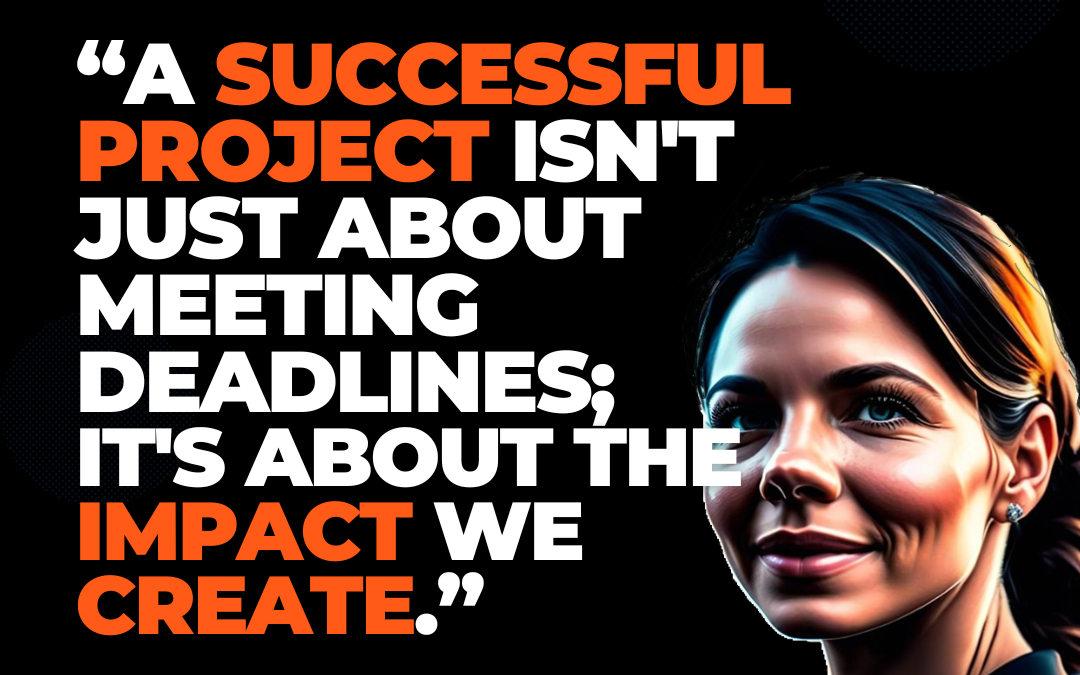
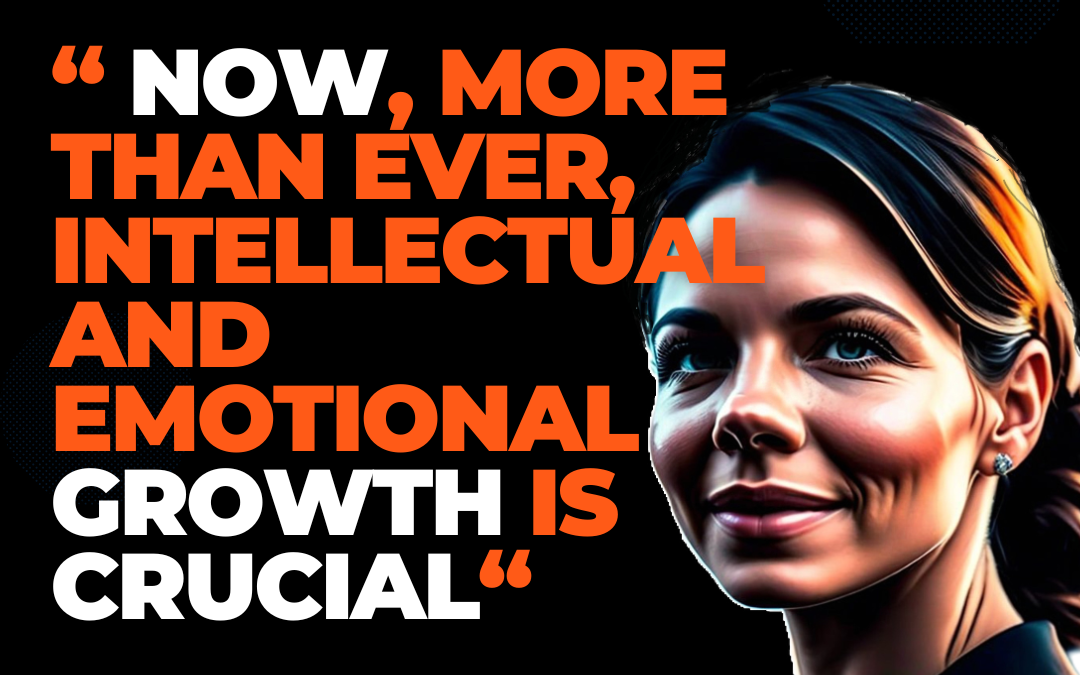
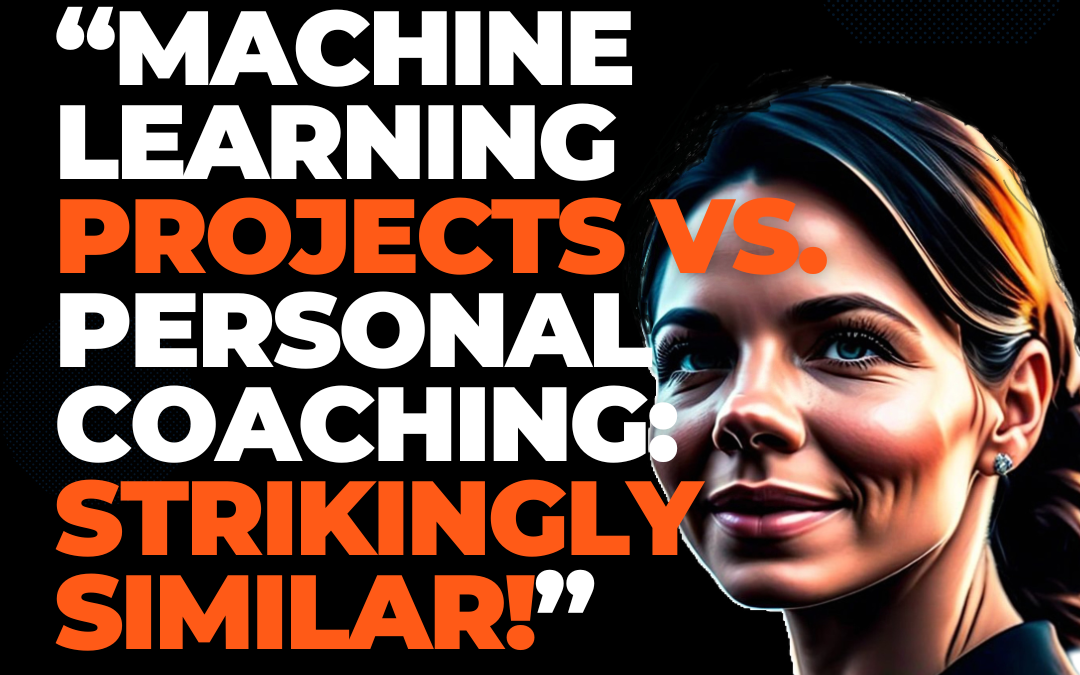
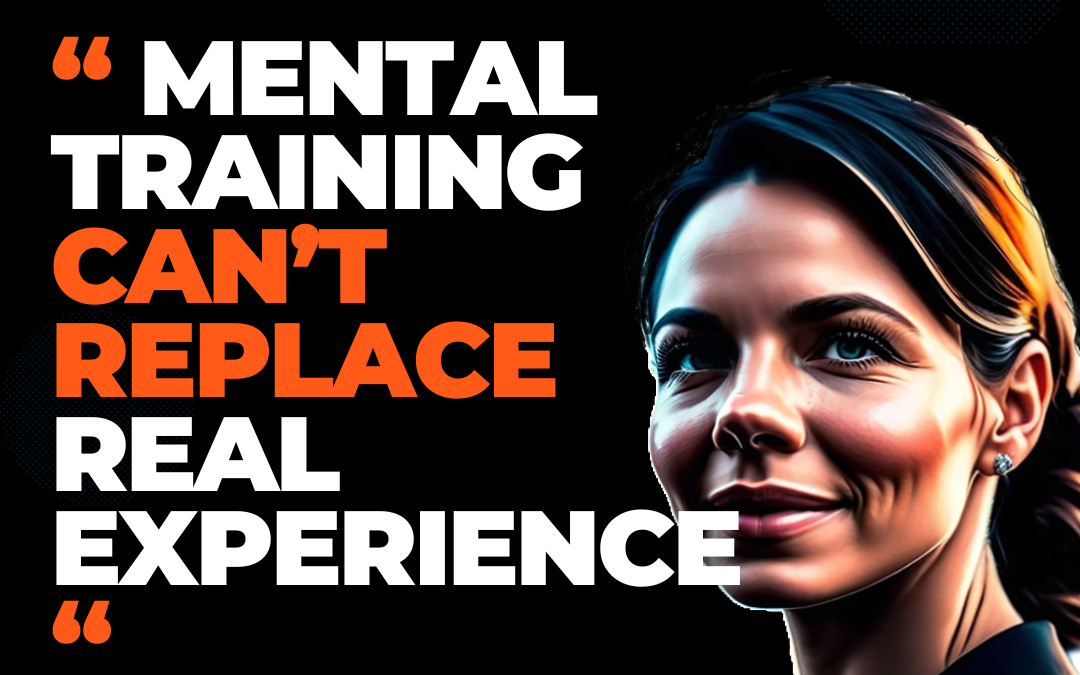
Recent Comments